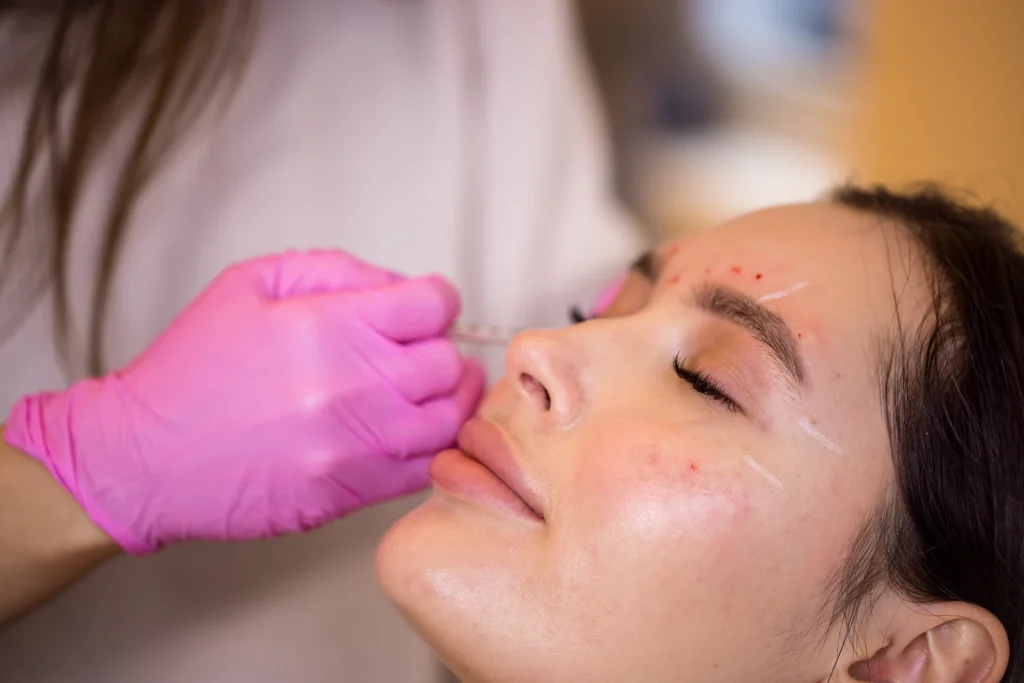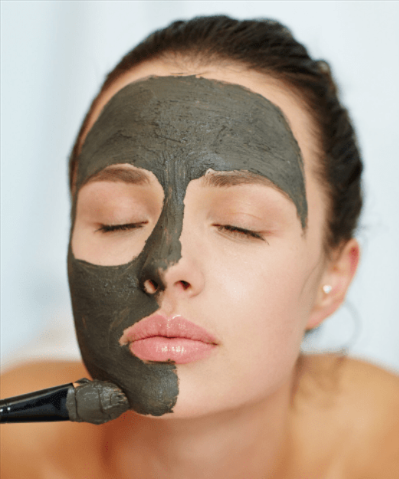In the global race for innovation in regenerative aesthetics and anti-aging, Korea stands out as a leader in exosome-based treatments. From skin rejuvenation to hair restoration and immune modulation, Korean exosome therapies are setting new benchmarks in safety, efficacy, and clinical sophistication.
But what exactly sets Korean exosome treatments apart from the rest? This article breaks down the core advantages that make Korean exosome science more advanced, trusted, and sought-after by medical tourists and skin clinics worldwide.
🧬 1. Deep Integration of Biotechnology and Regenerative Medicine
Korea’s exosome treatments are built on a strong foundation of:
- Stem cell research
- Molecular biology
- Tissue engineering
- Clinical dermatology
Top Korean biotech firms and university hospitals collaborate to bridge regenerative science with clinical application, ensuring treatments are not only innovative but medically sound. Unlike many countries where exosome use is limited to cosmetic products, Korea leverages them in medical-grade therapies with standardized protocols.
🧪 2. Ultra-Pure, Clinically Tested Exosomes
Purity is everything in exosome therapy. Korean manufacturers lead the world in:
- GMP-certified production facilities
- Serum-free, xeno-free cell culture methods
- Advanced purification techniques (ultrafiltration, size exclusion chromatography, TFF)
- Batch testing for endotoxins, sterility, and marker expression (CD63, CD81, CD9)
Korean exosome brands provide certificates of analysis (CoA) and undergo rigorous MFDS (Ministry of Food and Drug Safety) oversight. This guarantees:
- Better bioactivity
- Lower risk of immune reaction
- Consistent clinical-grade performance
💉 3. Personalized Delivery Methods and Combination Therapies
Korean clinics don’t take a one-size-fits-all approach. Instead, exosomes are customized and combined with cutting-edge dermatological procedures for maximum results.
Popular combination therapies in Korea include:
| Treatment Method | Paired with Exosomes | Purpose |
|---|---|---|
| Microneedling (MTS) | ASCE+ or Re:Exo serum | Deep skin penetration and collagen repair |
| Laser (Fraxel, LaseMD) | Post-laser recovery ampoule | Speed up healing and reduce inflammation |
| PRP or PDRN | Dual regenerative stimulation | Anti-aging and tissue rejuvenation |
| RF Microneedling (Secret RF) | Exosome serum | Skin tightening + anti-inflammatory benefits |
| Scalp Microinjections | Hair regrowth exosomes | Follicle activation and anti-inflammatory repair |
This multi-modality approach amplifies both short- and long-term effects—whether for anti-aging, acne scars, or hair loss.
🌿 4. Integration with K-Beauty and Post-Care Protocols
What makes Korean exosome treatments unique is how they are holistically integrated into the famous K-beauty post-treatment philosophy. Aftercare protocols include:
- Cryo-cooling therapy
- LED light therapy
- Calming masks with exosome serums
- Antioxidant-rich topical products
This ensures the skin heals faster, inflammation is kept in check, and the regenerative benefits of exosomes are optimized.
K-beauty clinics also offer take-home exosome ampoules and creams to extend the effect of in-clinic treatments, which are rare in Western practices.
🧫 5. Use of Diverse and Potent Stem Cell Sources
Korean exosome developers use a variety of stem cell sources, each offering different therapeutic advantages:
- Umbilical cord-derived MSCs: high regenerative and anti-inflammatory potential
- Adipose-derived stem cells (ADSCs): ideal for skin rejuvenation and elasticity
- Placental and amniotic stem cells: potent in healing and immune modulation
- Dental pulp or bone marrow MSCs: used in select medical exosome therapies
These are not randomly selected; Korean labs choose stem cell types based on treatment goals, and the exosome content is standardized for growth factors, miRNA, and cytokine levels.
🧑⚕️ 6. Highly Trained Medical Staff and Standardized Protocols
In Korea, exosome treatments are typically performed by:
- Licensed dermatologists
- Regenerative medicine specialists
- Trained medical aestheticians (under physician supervision)
Clinics follow protocolized dosage, application routes, and timing, based on:
- Skin condition
- Patient’s biological age
- Prior treatments
- Hormonal and immune status
This level of clinical oversight ensures predictable, safe, and effective results, unlike more experimental or unregulated applications in other countries.
🌐 7. Research-Backed and Globally Recognized
Korean exosome technology is backed by:
- Peer-reviewed clinical studies
- Joint research with universities and medical institutions
- Global patents and FDA/EU partnerships
Leading Korean biotech firms like ExoCoBio, Tego Science, Daewoong, and Medipost are exporting their exosome products to the US, Japan, Europe, and the Middle East under regulatory approval. This gives patients around the world access to Korean-level quality and purity.
🧘 8. Applications Beyond Aesthetics
Korean medicine is also advancing exosome therapy beyond skincare into areas like:
- IV exosome infusions for systemic inflammation and immune support
- Joint and cartilage regeneration for orthopedic conditions
- Liver and gut health via targeted exosome peptides
- Neurological repair in experimental studies for Alzheimer’s and stroke
These applications are still under clinical trials, but Korea is at the forefront of developing safe delivery mechanisms and scalable therapies.
🏁 Final Thoughts: Why Korea Leads the Exosome Revolution
Korea’s advantage lies not just in its technology, but in its culture of precision medicine, safety, and beauty integration. From lab to clinic, every step of Korean exosome treatment reflects:
- Scientific discipline
- Medical transparency
- Patient-centered personalization
Whether you’re seeking rejuvenated skin, faster recovery, or next-generation wellness therapy, Korean exosome treatments deliver a level of advancement unmatched elsewhere.




